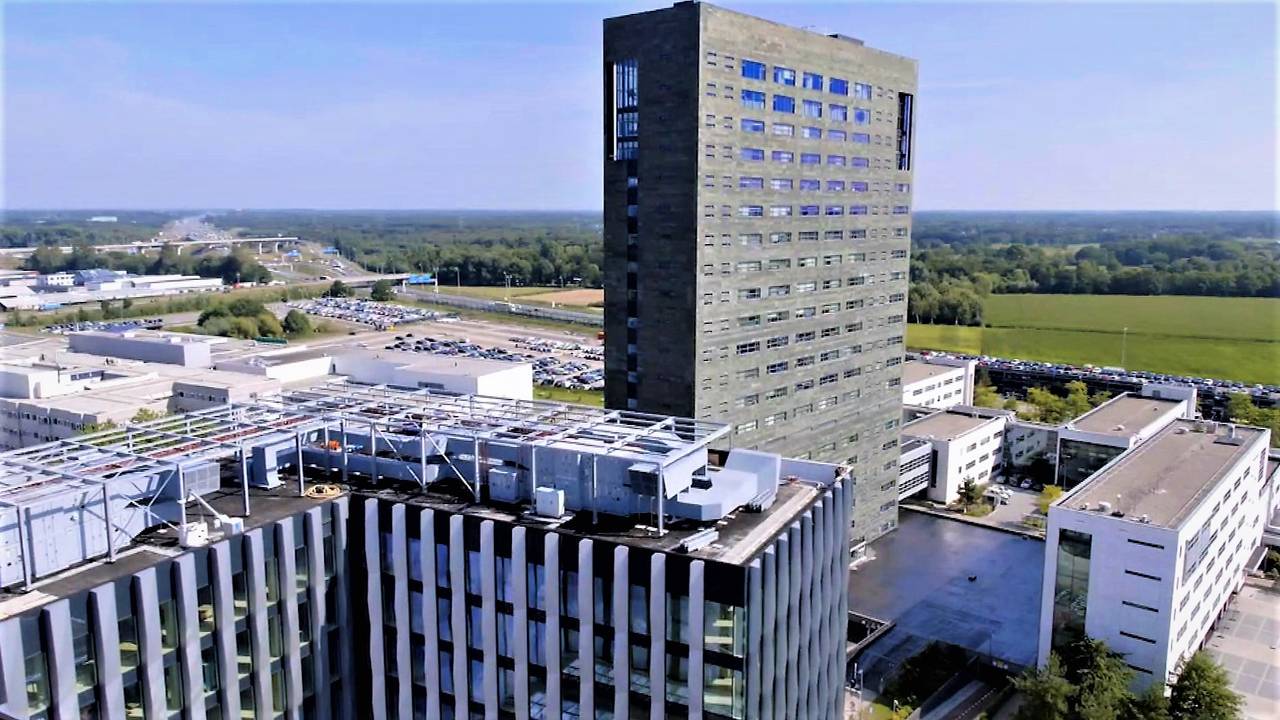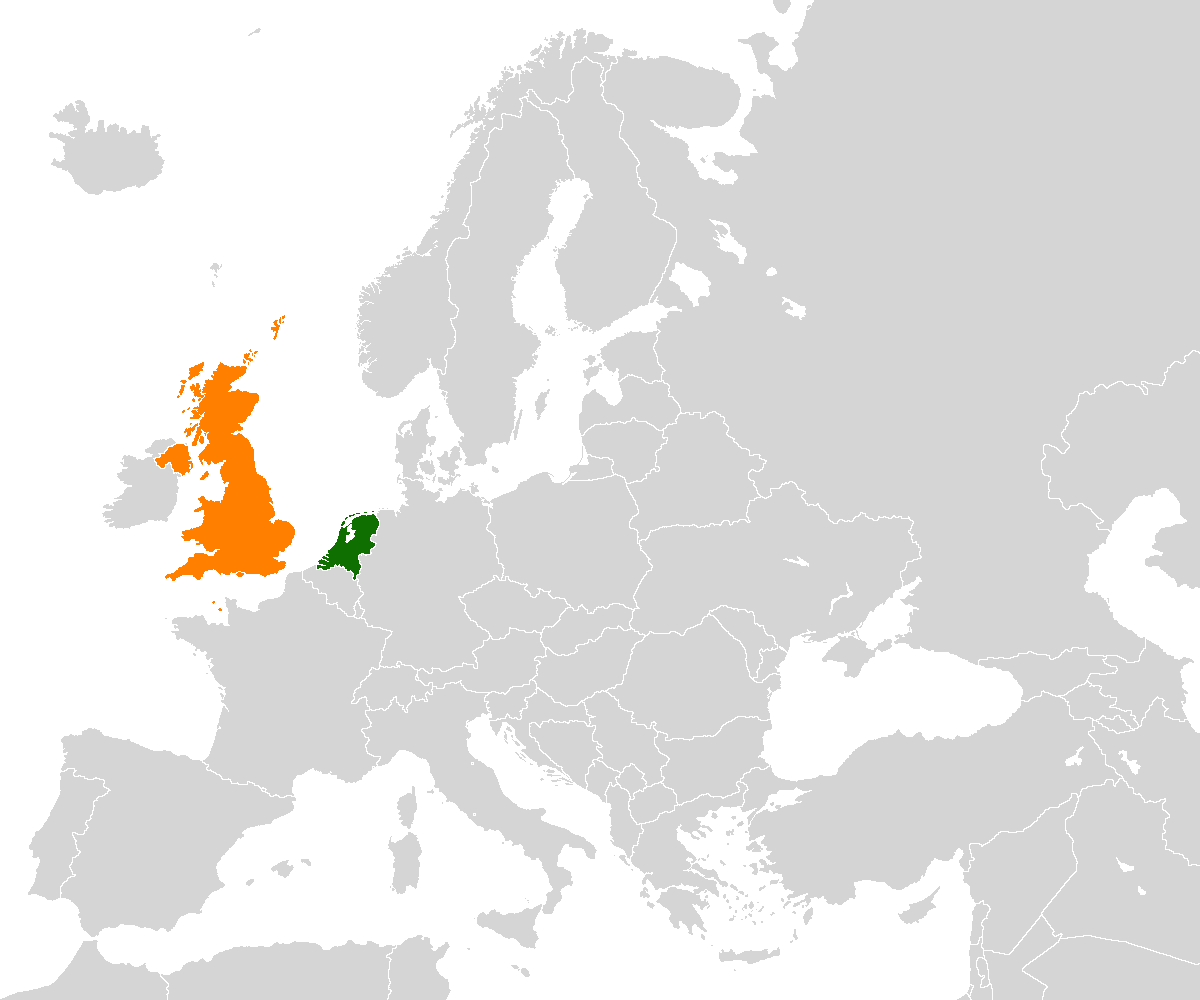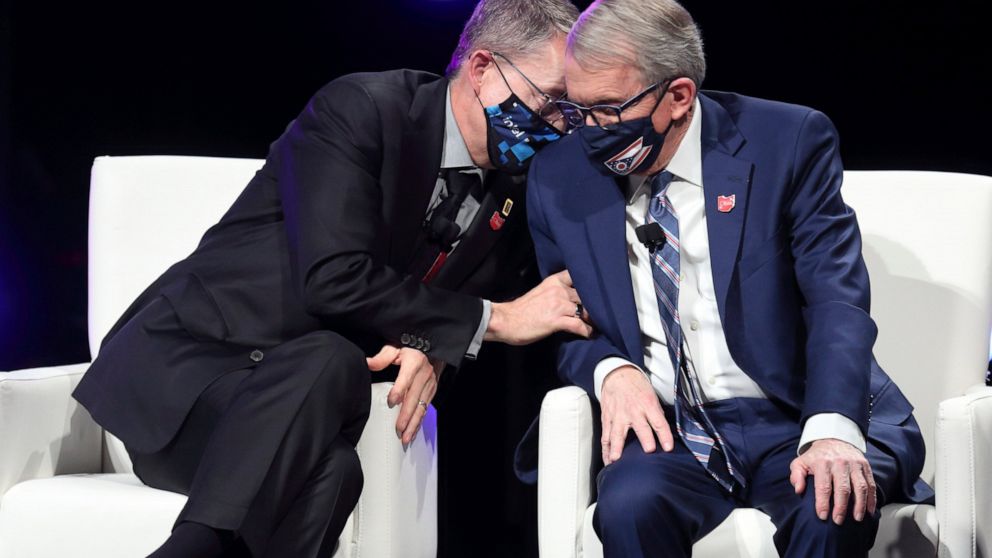Are you implying that Intel will buy just one unit and not use it at all? Is that supposed to be a humor?prediction: TSMC ends up with most of the EUV deliveries for actual production and Intel gets a single unit for publicity.
Array
(
[content] =>
[params] => Array
(
[0] => /forum/threads/intel-planning-to-build-massive-new-semiconductor-factory-in-ohio.15324/page-2
)
[addOns] => Array
(
[DL6/MLTP] => 13
[Hampel/TimeZoneDebug] => 1000070
[SV/ChangePostDate] => 2010200
[SemiWiki/Newsletter] => 1000010
[SemiWiki/WPMenu] => 1000010
[SemiWiki/XPressExtend] => 1000010
[ThemeHouse/XLink] => 1000970
[ThemeHouse/XPress] => 1010570
[XF] => 2021770
[XFI] => 1050270
)
[wordpress] => /var/www/html
)
Guests have limited access.
Join our community today!
Join our community today!
You are currently viewing SemiWiki as a guest which gives you limited access to the site. To view blog comments and experience other SemiWiki features you must be a registered member. Registration is fast, simple, and absolutely free so please, join our community today!
You are using an out of date browser. It may not display this or other websites correctly.
You should upgrade or use an alternative browser.
You should upgrade or use an alternative browser.
Intel planning to build massive new semiconductor factory in Ohio
- Thread starter hist78
- Start date
Lorien
Member
yes that was sarcasmAre you implying that Intel will buy just one unit and not use it at all? Is that supposed to be a humor?
hist78
Well-known member
I don't think lacking industrial land is a major issue for Intel to skip Oregon in the new fab selection. Labor cost and the willingness from the state to pay more subsidies to Intel are two things probably more significant.

 news.google.com
news.google.com
Google News
Comprehensive up-to-date news coverage, aggregated from sources all over the world by Google News.
 news.google.com
news.google.com
P
Portland
Guest
Ohio is a political battleground state and Oregon isn't. Intel's recent choices are influenced by govt subsidies.
tooLongInEDA
Moderator
Same I think with Samsung in Korea. There's a small area south of Suwon packed with wafer fabs - must be one of the most valuable locations on earth if you total the invested cost in all of these. Hard to believe that Intel Ohio is going to overtake either the TSMC or Samsung concentrations.I think Hsinchu has that honor. You can easily walk to a dozen fabs unless you get hit by a scooter.
I'd rather listen to Meat Loaf than Pat on rear view mirrors ...
I did a similar study last year using only publicly available data and came up with the same conclusion. The new Intel fabs (and now Micron) seem to upset the balance of supply and demand unless ASML has some huge productivity projects in their pipeline, some announced projects slip out in time, or fabs learn how to do slow down their EUV usage for critical layers at the leading nodes. My conclusion at the time was I was that I was likely missing some key confidential information that would make all this investment seem rational...I did a deep dive on EUV supply and demand last year and based on ASML's production plans there was barely enough tools for the planned fabs. Since then there have been many new fabs announced and Micron has pulled in their EUV usage by a node. I haven't rerun the numbers yet but my gut feel is there is going to be a big EUV tool shortage.
At ASML, Carl Zeiss is the bottle neck. They're looking for 700 new employees, which is quite a lot given they're not near a big city:

 www.zeiss.de
www.zeiss.de
There are a few tricks for ASML to speed up delivery, most are already known:
/s3/static.nrc.nl/images/gn4/stripped/data80756624-ceac7d.jpg)
 www.nrc.nl
www.nrc.nl
Trick 6 was new to me, during testing doing the etching in Leuven and litho in Veldhoven, and then back to Leuven.
Like I mentioned before, ASML is sucking up so much of the available talent in the region, they have to focus on hiring foreigners, to not compete with their suppliers (SMB's); because ASML is an English-first company but at most SMB suppliers Dutch is more important. Currently they have to welcome 6-7 new employees each day, during a pandemic and a housing crisis.

 www.ed.nl
www.ed.nl
Because the ASML terrain is pretty much full they bought extra land:

So for now both Zeiss and ASML are firing on all cylinders, and bound by the speed with which they, but also their suppliers (and suppliers if the suppliers) can find new employees.

Jobs bei ZEISS SMT
Neue Köpfe für eine neue Halbleiter-Technologie: in Oberkochen gibt es Jobs für IT-Fachkräfte. ZEISS SMT hat 700 neue Stellen geschaffen.
There are a few tricks for ASML to speed up delivery, most are already known:
/s3/static.nrc.nl/images/gn4/stripped/data80756624-ceac7d.jpg)
Flitsbezorging en 5 andere trucs waarmee ASML de vraag naar chips hoopt bij te benen
Technologie: Ondanks een recordomzet en -winst kan ASML niet aan de grote vraag naar nieuwe chipmachines voldoen. Maar er zijn trucs.
Trick 6 was new to me, during testing doing the etching in Leuven and litho in Veldhoven, and then back to Leuven.
Like I mentioned before, ASML is sucking up so much of the available talent in the region, they have to focus on hiring foreigners, to not compete with their suppliers (SMB's); because ASML is an English-first company but at most SMB suppliers Dutch is more important. Currently they have to welcome 6-7 new employees each day, during a pandemic and a housing crisis.

Elke maand 200 nieuwe werknemers erbij voor ASML: ‘We leren mensen omgaan met werkdruk’
VELDHOVEN - De komst van corona zette geen rem op de groei van ASML. Integendeel. Het bedrijf groeide van 25.000 naar meer dan 31.000 werknemers. Hoe leid je die groei in goede banen?
Because the ASML terrain is pretty much full they bought extra land:

ASML blijft maar groeien: dankzij nieuwbouw naar 16.000 medewerkers
Chipmachinefabrikant ASML in Veldhoven is fors aan het uitbreiden. Op de campus aan De Run verrijst voor in totaal een half miljard euro het ene na het andere nieuwe hoge gebouw. Ook tijdens de coronacrisis is het bedrijf namelijk blijven groeien.
www.omroepbrabant.nl
So for now both Zeiss and ASML are firing on all cylinders, and bound by the speed with which they, but also their suppliers (and suppliers if the suppliers) can find new employees.
hist78
Well-known member
At ASML, Carl Zeiss is the bottle neck. They're looking for 700 new employees, which is quite a lot given they're not near a big city:

Jobs bei ZEISS SMT
Neue Köpfe für eine neue Halbleiter-Technologie: in Oberkochen gibt es Jobs für IT-Fachkräfte. ZEISS SMT hat 700 neue Stellen geschaffen.www.zeiss.de
There are a few tricks for ASML to speed up delivery, most are already known:
/s3/static.nrc.nl/images/gn4/stripped/data80756624-ceac7d.jpg)
Flitsbezorging en 5 andere trucs waarmee ASML de vraag naar chips hoopt bij te benen
Technologie: Ondanks een recordomzet en -winst kan ASML niet aan de grote vraag naar nieuwe chipmachines voldoen. Maar er zijn trucs.www.nrc.nl
Trick 6 was new to me, during testing doing the etching in Leuven and litho in Veldhoven, and then back to Leuven.
Like I mentioned before, ASML is sucking up so much of the available talent in the region, they have to focus on hiring foreigners, to not compete with their suppliers (SMB's); because ASML is an English-first company but at most SMB suppliers Dutch is more important. Currently they have to welcome 6-7 new employees each day, during a pandemic and a housing crisis.

Elke maand 200 nieuwe werknemers erbij voor ASML: ‘We leren mensen omgaan met werkdruk’
VELDHOVEN - De komst van corona zette geen rem op de groei van ASML. Integendeel. Het bedrijf groeide van 25.000 naar meer dan 31.000 werknemers. Hoe leid je die groei in goede banen?www.ed.nl
Because the ASML terrain is pretty much full they bought extra land:

ASML blijft maar groeien: dankzij nieuwbouw naar 16.000 medewerkers
Chipmachinefabrikant ASML in Veldhoven is fors aan het uitbreiden. Op de campus aan De Run verrijst voor in totaal een half miljard euro het ene na het andere nieuwe hoge gebouw. Ook tijdens de coronacrisis is het bedrijf namelijk blijven groeien.www.omroepbrabant.nl
So for now both Zeiss and ASML are firing on all cylinders, and bound by the speed with which they, but also their suppliers (and suppliers if the suppliers) can find new employees.
I thought most people in Netherlands can speak English fluently?
"In the Netherlands, the English language can be spoken by the vast majority of the population, with estimates of English proficiency reaching anywhere from 90% to 93% of the Dutch population according to various estimates."

English in the Netherlands - Wikipedia
tooLongInEDA
Moderator
Those 700 jobs are in Carl Zeiss in south western Germany in a fairly small town between Stuttgart and Munich. Expect that English pretty well spoken there, but a less attractive location for non-Germans to move to as away from larger cities.I thought most people in Netherlands can speak English fluently?
"In the Netherlands, the English language can be spoken by the vast majority of the population, with estimates of English proficiency reaching anywhere from 90% to 93% of the Dutch population according to various estimates."

English in the Netherlands - Wikipedia
en.wikipedia.org
hist78
Well-known member
I just recognized that for those two new fabs under construction in Arizona and two new fabs in Ohio announced last week, did Intel ever mention the capacity and what kinds of process nodes they are going to use in each of those fabs?
And I don't understand why Intel calls them "two" fabs instead of "one"? The fabs are constructed at the same time at the same location. Should they be called one fab with multiple production capabilities?
Is it because they are making different Intel products using different technologies? But will it be funny if other industries start using the same naming approach?
And I don't understand why Intel calls them "two" fabs instead of "one"? The fabs are constructed at the same time at the same location. Should they be called one fab with multiple production capabilities?
Is it because they are making different Intel products using different technologies? But will it be funny if other industries start using the same naming approach?
Last edited:
This is easy Arthur. Ohio didn't suit you, and so you moved! Good choice! Your taste doesn't extrapolate for others though.Ohio winters are horrible and the summers are not much better. Also having worked there, the mindset is not conducive to forward thinking as I found from personal experience. It's not only the environment but the culture.
Ohio was home to one of the early CMOS fabs, at RCA in Findlay. Taiwan licensed CMOS technology from RCA in 1976 and this seeded the semiconductor industry on that island. https://taiwantoday.tw/news.php?unit=6&post=9508
The fab in Findlay became part of GE, then Harris Semiconductor, then Intersil. Closed in 2003.
RCA cleans, SC1, SC2, all came from...yes, RCA. It's in the name. It's still standard in fabs to this day. And it started in Ohio.
In Circleville Ohio, RCA made TV vacuum tubes until 2004.
Here's a Frontline about it: https://www.pbs.org/wgbh/pages/frontline/press/2304.html
We don't associate Ohio with semiconductors or electronics anymore! A generation has passed since it played a role. But it was once a pretty big, impactful role.
Intel uses different numbers for different fabs, TSMC uses the a slightly different system with phases: Fab 12 phase 6, Fab 12 phase 7, etc.I just recognized that for those two new fabs under construction in Arizona and two new fabs in Ohio announced last week, did Intel ever mention the capacity and what kinds of process nodes they are going to use in each of those fabs?
And I don't understand why Intel calls them "two" fabs instead of "one"? The fabs are constructed at the same time at the same location. Should they be called one fab with multiple production capabilities?
Is it because they are making different Intel products using different technologies? But will it be funny if other industries start using the same naming approach?
It seems that given the shortage and no 450mm in sight, building two fabs/phases at once is now the norm.
hist78
Well-known member
Ohio lured Intel's chip plant with $2B incentive package

Ohio lured Intel's chip plant with $2B incentive package
Ohio’s price tag for landing Intel’s new computer chipmaking factory comes in at roughly $2 billion
I thought most people in Netherlands can speak English fluently?
"In the Netherlands, the English language can be spoken by the vast majority of the population, with estimates of English proficiency reaching anywhere from 90% to 93% of the Dutch population according to various estimates."

English in the Netherlands - Wikipedia
en.wikipedia.org
Companies and departments use the language which is most convenient to them. In my (big) organization, it even changes between departments. But it mean the smaller ASML suppliers internally will do everything in Dutch. For them, it's hard(er) to hire foreigners.
In bigger companies, 22 Dutch people in a room will adapt to 1 person from India not speaking Dutch yet, and the 22 people will happily switch to English.
In smaller companies though, that's not the case. One also has to remember ASML is in the (Philips-)region which prouds itself of being "the farmer_ district", it's not metropolitan like Rotterdam or Amsterdam.
Also some older people don't speak English well enough to ask questions or understand answers. Lots of smaller "artisan" companies have older people, who know certain tricks to get stuff done.
Also, there's a difference in:
-Ordering your burger in English,
-Watching and understanding most of an episode of Top Gear,
-Reading an English or German instruction on how to configure your 2D-barcode scanner (most Dutch people will understand it),
-Discussing technical specs with your German supplier in English (which is done in English even if all Dutch people in the room speak German, something with level playing field)
-Training people in Asia over a fluking Skype connection in English, and answering their questions.
Most Dutch people are capable of the first two, the third is debatable. But the latter two are another level; especially the last.
So true. TSMC will have similar problem in Arizona. lol.Companies and departments use the language which is most convenient to them. In my (big) organization, it even changes between departments. But it mean the smaller ASML suppliers internally will do everything in Dutch. For them, it's hard(er) to hire foreigners.
In bigger companies, 22 Dutch people in a room will adapt to 1 person from India not speaking Dutch yet, and the 22 people will happily switch to English.
In smaller companies though, that's not the case. One also has to remember ASML is in the (Philips-)region which prouds itself of being "the farmer_ district", it's not metropolitan like Rotterdam or Amsterdam.
Also some older people don't speak English well enough to ask questions or understand answers. Lots of smaller "artisan" companies have older people, who know certain tricks to get stuff done.
Also, there's a difference in:
-Ordering your burger in English,
-Watching and understanding most of an episode of Top Gear,
-Reading an English or German instruction on how to configure your 2D-barcode scanner (most Dutch people will understand it),
-Discussing technical specs with your German supplier in English (which is done in English even if all Dutch people in the room speak German, something with level playing field)
-Training people in Asia over a fluking Skype connection in English, and answering their questions.
Most Dutch people are capable of the first two, the third is debatable. But the latter two are another level; especially the last.
hist78
Well-known member
TSMC will encounter some hiccups and needs some adjustments. But overall I think they are prepared especially they have operated their fab in Washington State for many years. American are very adaptable, capable, and flexible to meet challenges.So true. TSMC will have similar problem in Arizona. lol.
